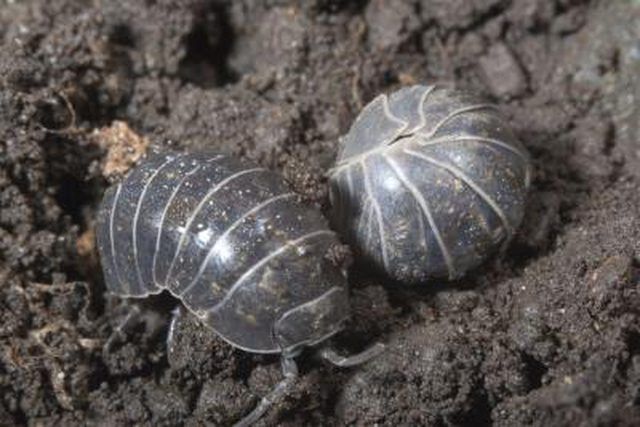Bulbs
Flower Basics
Flower Beds & Specialty Gardens
Flower Garden
Garden Furniture
Garden Gnomes
Garden Seeds
Garden Sheds
Garden Statues
Garden Tools & Supplies
Gardening Basics
Green & Organic
Groundcovers & Vines
Growing Annuals
Growing Basil
Growing Beans
Growing Berries
Growing Blueberries
Growing Cactus
Growing Corn
Growing Cotton
Growing Edibles
Growing Flowers
Growing Garlic
Growing Grapes
Growing Grass
Growing Herbs
Growing Jasmine
Growing Mint
Growing Mushrooms
Orchids
Growing Peanuts
Growing Perennials
Growing Plants
Growing Rosemary
Growing Roses
Growing Strawberries
Growing Sunflowers
Growing Thyme
Growing Tomatoes
Growing Tulips
Growing Vegetables
Herb Basics
Herb Garden
Indoor Growing
Landscaping Basics
Landscaping Patios
Landscaping Plants
Landscaping Shrubs
Landscaping Trees
Landscaping Walks & Pathways
Lawn Basics
Lawn Maintenance
Lawn Mowers
Lawn Ornaments
Lawn Planting
Lawn Tools
Outdoor Growing
Overall Landscape Planning
Pests, Weeds & Problems
Plant Basics
Rock Garden
Rose Garden
Shrubs
Soil
Specialty Gardens
Trees
Vegetable Garden
Yard Maintenance
How to Kill Woodlice
How to Kill Woodlice. Also known as sowbugs, pillbugs and slaterbugs, woodlice are gray or purplish-blue insect-like crustaceans that may roll into a tight protective ball when touched. Woodlice are generally not considered garden pests, as they primarily feed on decomposing organic matter. In a compost bin, woodlice even can be considered...

Also known as sowbugs, pillbugs and slaterbugs, woodlice are gray or purplish-blue insect-like crustaceans that may roll into a tight protective ball when touched. Woodlice are generally not considered garden pests, as they primarily feed on decomposing organic matter. In a compost bin, woodlice even can be considered beneficial. Occasionally, however, woodlice may feed on tender new growth or seedlings. Though woodlice may be killed with chemical controls, prevention is far more environmentally friendly and may also be more effective.
Chemical Control
If woodlice are causing severe plant damage, they may be controlled by using dry pesticide baits. Dry pesticide baits, such as pellets or flakes, must be scattered on the soil near the plant and eaten by the pests. Active ingredients effective against woodlice include carbaryl, metaldehyde or iron phosphate and spinosad, according to the University of Iowa Extension. Insecticide seed treatments provide poor protection because woodlice can eat many seedlings before ingesting a lethal amount of poison, while foliar insecticides are also considered ineffective because woodlice are often partially covered by plant debris, according to Kansas State University.
Tips and Tricks
Only buy bait that specifically notes on the label that it may be used to control woodlice or pillbugs. Some dry baits formulated to kill woodlice will also kill slugs and snails, however, many dry baits used to kill slugs and snails will not kill woodlice. You must also check that the garden crop you're trying to protect is also listed on the label. Follow the label exactly when applying dry pesticide bait. The bait must be applied only to the soil, never to the actual plants, as toxic residue can linger on edible produce.
Considerations and Concerns
Woodlice generally cause minimal damage to garden crops. They are unable to create holes in older, tougher plant matter, according to the Royal Horticultural Society, which notes that such damage is more likely the result of other pests such as caterpillars or slugs. When deciding whether to use insecticides in the garden, consider the potential risk to beneficial insects and animals. Metaldehyde, a common ingredient in dry slug and snail bait, is notoriously toxic to dogs, causing nervous system damage and sometimes, death.
Prevent and Prosper
A few basic prevention techniques can help keep woodlice out of your garden. Woodlice thrive in moist, humid conditions, so water early in the day so the soil dries out by nightfall. Remove dead and dying plants, which attract these crustaceans. If you use plastic mulch, the University of California Integrated Pest Management Program recommends using black plastic mulch instead of white or clear plastic, as black mulch is hotter and more inhospitable to woodlice. Planting crops in raised beds is also helpful.